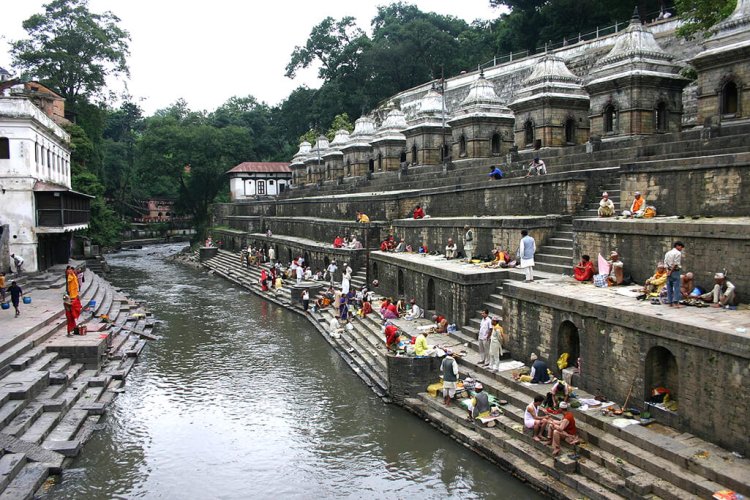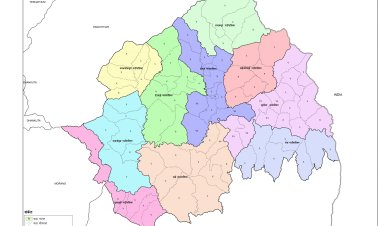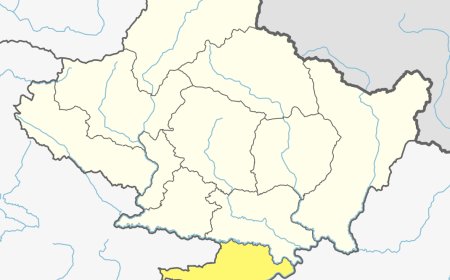History of Bagmati River
Dive into the rich history of the Bagmati River, tracing its cultural significance and modern-day conservation endeavors in Nepal.

The Bagmati River, cradling centuries of cultural and spiritual significance, weaves through the heart of Nepal, leaving an indelible mark on the landscape and the lives it touches. This historical journey traces the evolution of the Bagmati, from its mythical origins to the present-day challenges it faces.
Mythical Genesis:
The history of the Bagmati River is shrouded in myth and legend, with its inception intricately tied to the revered figure of Manjushree. According to ancient tales, Manjushree, a Bodhisattva, cleaved the hills surrounding the Kathmandu Valley with his sword, creating a passage for the primordial waters to flow. This divine act birthed the Bagmati, laying the foundation for the rich cultural tapestry that envelops its waters.
Manjupattan and the Birth of Kathmandu:
The river, an embodiment of purity and divinity, became the lifeblood of the region. Manjupattan, the first city established by Manjushree, flourished along the banks of the Bagmati, setting the stage for the birth of the iconic Kathmandu. The city's expansion was strategically shaped like a sword, with Teku Dovan becoming the southern entry point, welcoming travelers and traders.
Teku Dovan and the Cultural Hub:
Teku Dovan, the confluence of Bagmati and Bishnumati, emerged as a cultural and spiritual hub. Home to the Ne Muni hermit, this sacred site bore witness to heritage walks along the riverbanks, emphasizing the intrinsic value of water. In 724 AD, King Gunkamdev envisioned Kathmandu city in the shape of a sword, with Teku Dovan as its southern buffer zone, marking its significance as the southern gateway.
Ghats, Temples, and Living Museums:
The Bagmati and its tributaries, once teeming with life, now stand as living museums narrating tales of rituals, crematoriums, sattals, and temples. Over ten ghats adorn the Teku and Thapathali area, preserving the essence of the last rituals performed for loved ones. The riverbanks, however, bear witness to the urbanization-driven challenges, with encroachments, waste dumping, and sand extraction eroding the historical charm.
Bagmati and Tributaries:
Originating at Bagdwar in the Shivapuri Hills, the Bagmati River draws sustenance from tributaries originating within the Kathmandu Valley. The urbanization that has defined the valley's growth has taken a toll on the once-pristine river. Today, Bagmati and its tributaries serve as dumping grounds for various wastes, reflecting the direct impacts of unchecked urbanization.
Tukucha: From Maharajgung to Thapathali:
Tukucha, also known as Ichhumati, meanders from Maharajgung within the valley, converging with Bagmati at Kalmochan, Thapathali. Once a lifeline, Tukucha has been reduced to an open drain, encroached upon by settlements and roads. The absence of riverbanks facilitates the direct dumping of waste into its once-pure waters.
Bishnumati's Vital Contribution:
A major tributary, Bishnumati, originates at Bishnudwar and merges with Bagmati at Teku Dovan. Significant volumes are diverted for drinking and domestic use, and pipes channel water directly to individual houses. The Thapathali Durbar Complex, initially built by Nain Singh Thapa, stands as a testament to the historical confluence of power and water along the Bishnumati.
Bagmati Promenade: A Journey Through Time:
The Bagmati Promenade unfolds 3,000 years of cremation history, with ghats like Kalmochan, Pachali, and Teku Dovan serving as the final resting places for rulers, communities, and individuals. The Samadhi spaces along the riverbanks encapsulate the unspoken power struggles and diverse histories of those who found eternal peace along the Bagmati.
Challenges and Hope for Revival:
In contemporary times, the Bagmati faces unprecedented challenges. Rapid urbanization, pollution, and the depletion of water sources have rendered significant stretches biologically dead. The government's interventions, including the Bagmati Action Plan, interceptor sewer pipes, wastewater treatment plants, and river dredging, reflect a commitment to restoration. However, the journey to revive the Bagmati requires collective consciousness, sustainable practices, and an unwavering commitment to preserving its storied legacy.
What's Your Reaction?








































































































